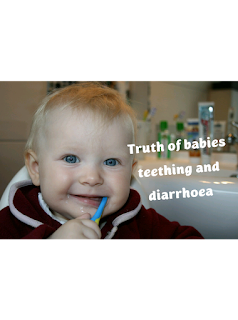Why do we cry?
Why do we cry?
Scientists have been trying to answer this question for centuries.
In 1662, Danish scientist Niels Stensen discovered that tears originate in the lacrimal gland.
We have three distinct types of tears:
- Basal tears.
- Reflex tears.
- Emotional tears.
Basal tears:
In healthy mammalian eyes, the cornea is continually kept wet and nourished by basal tears. They lubricate the eye, and help to keep it clear of dust.
Reflex tears:
results from irritation of the eye by foreign particles, or from the presence of irritant substances such as onion vapors, perfumes and other fragrances, tear gas, or pepper spray in the eye's environment, including the cornea, conjunctiva, or nasal mucosa, which trigger TRP channels in the ophthalmic nerve.
Emotional tears:
Most researchers believe that emotional tears—triggered by strong feelings such as joy and sadness—are unique to humans. While there is a lot of crying research currently underway, we know that emotional tears are influenced by biological, psychological, and social factors.
When your body makes emotional tears, your limbic system (the part of your brain associated with emotional arousal) signals your Pons (the brain’s “message station”), which then relays a signal to your lacrimal system to produce tears. More research is needed to understand the physiological and neural changes that come together with emotional tears.
Inside the tears?
While we know that all tears contain enzymes, lipids, metabolites and electrolytes, we have more to learn about the chemistry of emotional tears. Some scientists have proposed that these tears contain additional proteins and hormones not found in basal or reflex tears.
Higher levels of prolactin, adrenocorticotropic hormone, Leu-enkephalin, potassium and manganese have all been located in emotional tears. Some researchers have hypothesized that the release of stress hormones like leu-enkephalin may help regulate the body or bring it back to a homeostatic level. However, these preliminary findings still need further scientific replication.
Tears do much more than just moisten and protect our eyes from bacteria—just how much more we are still learning.






Comments
Post a Comment